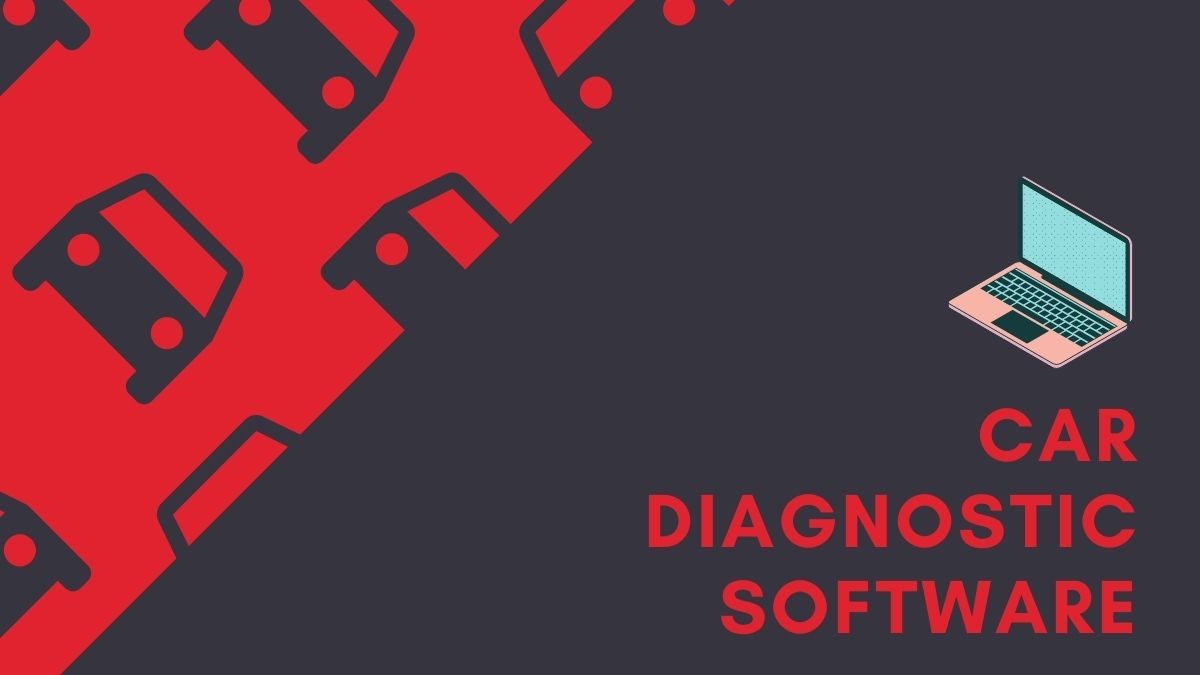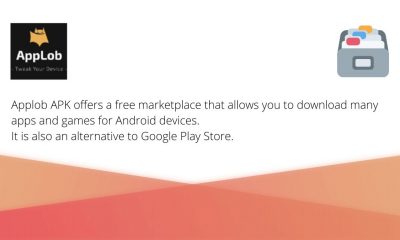App Development
VisionOS Engineer Skills: Navigating the Future of Immersive Technology
I had a great time watching Apple’s presentation this year. Judging by my Twitter feed, the apple company’s new platform made a huge impression on many people.
As we step into the era of augmented reality (AR) and spatial computing, it’s important to understand what skills engineers need to thrive in this new environment. One such platform paving the way for these advancements is Apple’s visionOS, a revolutionary operating system that fully integrates augmented reality into our daily digital experiences.
Key takeaways:
- Spatial Interaction: Mastering the creation of apps controlled by eyes and hands will be a fundamental skill as we move towards more immersive and intuitive forms of interaction.
- Immersive Game Development: Utilizing the capabilities of visionOS to create unique gaming experiences is an important aspect of spatial computing and AR.
- Sound Design: Sound plays a significant role in creating immersive experiences in AR. Developers should be proficient in using spatial audio to enhance the realism of virtual environments.
- SwiftUI and RealityKit Proficiency: Understanding and effectively using tools like SwiftUI and RealityKit are crucial for developing apps for visionOS.
- Experience with ARKit: Having experience with ARKit can smooth the transition to developing for visionOS and enable efficient leveraging of its capabilities.
- Design for Therapy and Rehabilitation: Understanding how to use immersive experiences for therapeutic and rehabilitative purposes is critical for health-focused app development.
- Integration with SharePlay: Being capable of integrating SharePlay for collaborative work or support in a virtual environment can greatly enhance user experiences.
- Development for VisionOS: With the availability of the visionOS SDK, developers should be ready to innovate and bring their unique ideas to life on this new platform.
- Mastering New Frameworks: Developers need to adapt and learn new frameworks like SwiftUI and RealityKit to fully exploit the potential of visionOS.
This article explores the skills required to excel as a visionOS engineer, from mastering specific technical knowledge to understanding the subtleties of immersive design.
Understanding Spatial Interaction
The ability to create apps controlled by hands and eyes is a key requirement for a visionOS developer. One example of this is the work done by Algoriddim, the company behind the Apple Design Award-winning app, djay. Their team created a version of djay for Apple Vision Pro, which can be entirely controlled by eyes and hands. This skill is becoming increasingly crucial as we move towards more immersive and intuitive forms of interaction.
Immersive Game Development
Spatial computing opens up novel possibilities for game development. A visionOS engineer working on gaming applications should have the creativity and inventiveness to utilize the capabilities of visionOS to create unique challenges. This innovative approach to game development is exemplified by Ryan McLeod, creator of the Apple Design Award-winning puzzle game Blackbox, which is known for its clever use of iPhone’s sensors and inputs.
Mastering Sound Design
In the world of AR, sound plays a critical role in creating an immersive experience. Developers should have a firm grasp of using spatial audio, a technology that gives the impression of sound moving around in three-dimensional space. This form of audio design enhances immersion and contributes to the realism of the virtual environment.
Proficiency with SwiftUI and RealityKit
Even if a developer is new to 3D modeling or RealityKit, a quick learning ability and adaptability to new tools are vital. SwiftUI and RealityKit are crucial frameworks for developing apps for visionOS. Ryan McLeod, despite his initial trepidation about a platform switch, was able to swiftly grasp and utilize these tools.
Experience with ARKit
Previous experience with ARKit can greatly ease the transition to visionOS. Teams like JigSpace, which had used ARKit extensively in their apps, found that they could efficiently leverage its capabilities to create new experiences on visionOS.
Design for Therapy and Rehabilitation
For developers working on health-focused apps, understanding how to use the immersion experience to assist people is critical. This approach is exemplified by the XRHealth team, who used visionOS to design therapeutic experiences for various conditions such as phobias and physical rehabilitation.
Integration with SharePlay
Developers should be capable of integrating SharePlay to allow people to work together or receive support from a virtual therapist. This feature can greatly enhance user experiences in education, collaboration, and therapy.
Development for VisionOS
When the visionOS SDK is available, developers should be ready to download Xcode and start creating their own apps and games. This opens up a vast playground for developers to bring their innovative ideas to life.
Mastering New Frameworks
Developers should learn to work with new frameworks such as SwiftUI, RealityKit, and understand how they impact app development for visionOS. By mastering these frameworks, developers will be equipped to take full advantage of the opportunities that visionOS offers.
Conclusion
The advent of visionOS presents a unique set of challenges and opportunities for developers. Engineers skilled in spatial interaction, sound design, the use of innovative frameworks, and more, will find themselves at the forefront of this technological evolution. As we continue to explore and understand this new platform, developers who equip themselves with these skills will be able to push the boundaries of immersive technology and shape the future of augmented reality.
-

 Manage Your Business1 day ago
Manage Your Business1 day agoTOP 10 VoIP providers for Small Business in 2024
-

 Cyber Risk Management5 days ago
Cyber Risk Management5 days agoHow Much Does a Hosting Server Cost Per User for an App?
-

 Outsourcing Development5 days ago
Outsourcing Development5 days agoAll you need to know about Offshore Staff Augmentation
-

 Software Development5 days ago
Software Development5 days agoThings to consider before starting a Retail Software Development
-
Edtech1 day ago
How to fix PII_EMAIL_788859F71F6238F53EA2 Error
-

 Grow Your Business5 days ago
Grow Your Business5 days agoThe Average Size of Home Office: A Perfect Workspace
-
Solution Review5 days ago
Top 10 Best Fake ID Websites [OnlyFake?]
-
Business Imprint5 days ago
How Gaming Technologies are Transforming the Entertainment Industry












